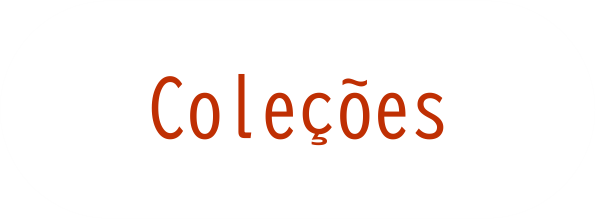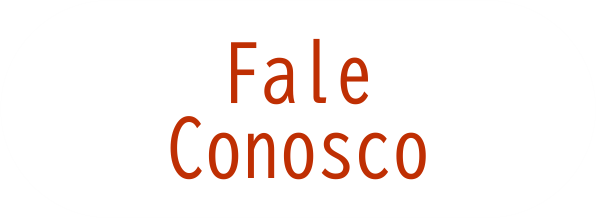Infection sites of the entomopathogenic fungus beauveria-bassiana in the larvae of the mosquito aedes-aegypti
Autor(es): Miranpuri, G S; Khachatourians, G G
Resumo: A series of experiments were conducted to determine the infection sites of the entomopathogenic fungus Beauveria bassiana after ingestion by the larvae of Aedes aegypti. The timing of the host death in relation to larval molting, the principle sites of fungal infection and development in host tissues were studied. Fungal conidiospores (CS) and blastospores (BS) were used separately for treatment of mosquito larvae. Although in most instances CS germinated and developed within the host, in others there was a premature abortion of the fungal development cycle. On the other hand, BS ingested by the larvae showed differences in the fungal development stages in the larval tissues. While the two primary infection sites were the head and the anal region, the most preferred site for fungal development was the larval gut. No more than two cycles of fungal development can occur in the host. Although both CS and BS are effective as larvicides, BS is far more pathogenic.
Palavras-Chave: Beauveria-Bassiana; Aedes Aegypti; Entomopathogenic Fungi; Conidiospore; Blastospore
Imprenta: Entomologia Experimentalis et Applicata, v. 59, n. 1, p. 19-27, 1991
Descritores: Aedes aegypti - Pathogenesis ; Aedes aegypti - Larvicide
Data de Publicação: 1991








